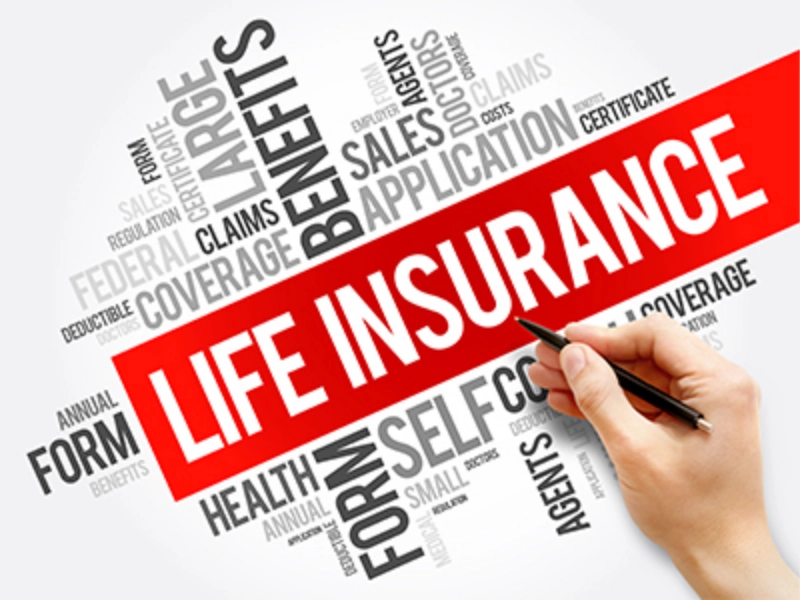Are you covered for insurance and ridesharing?
Although it doesn't cover every part of the job, Uber and Lyft do provide some insurance to their drivers. Furthermore, business insurance is frequently more costly than individual auto insurance. In order to avoid coverage gaps between your own auto policy and the full- or part-time gig economy jobs you drive for, rideshare insurance (or a ridesharing endorsement) is recommended. It could be a stand-alone auto insurance plan or an addition to your existing policy.
What's Included?

Period 1: Awaiting Request
 You have not received a request from a customer during period 1, even if you are logged into the Uber, Lyft, or other Transportation Network Company (TNC) app. Although your personal motor insurance does not cover this kind of work, you are officially working. While on the job, TNCs offer their drivers commercial insurance; however, this coverage is limited to times when a passenger is in the vehicle. Rideshare insurance bridges this coverage gap. Obtain rates for this kind of coverage from many auto insurance providers. For drivers who use ridesharing, some provide both personal and business policies.
You have not received a request from a customer during period 1, even if you are logged into the Uber, Lyft, or other Transportation Network Company (TNC) app. Although your personal motor insurance does not cover this kind of work, you are officially working. While on the job, TNCs offer their drivers commercial insurance; however, this coverage is limited to times when a passenger is in the vehicle. Rideshare insurance bridges this coverage gap. Obtain rates for this kind of coverage from many auto insurance providers. For drivers who use ridesharing, some provide both personal and business policies.
Period 2: Travelling to Receive a Client
 You've been logged into your ridesharing app throughout this time, but you haven't accepted any requests. This indicates that the insurance provided by your employer is essentially nonexistent and solely covers liability for harm you do to other people or their property.
This is the period of time when you usually have the biggest chance of getting into an automobile accident if you drive for Uber or Lyft. This is due to the fact that both your personal auto policy and the ridesharing company's limited coverage may not be sufficient to safeguard your assets and income when used for business purposes.
Thankfully, full- and part-time gig workers who drive their own cars for businesses like Uber, Lyft, and on-demand delivery services like Grubhub, Instacart, and DoorDash can avoid coverage gaps with rideshare insurance, often known as a ridesharing endorsement or standalone policy. In addition to the limited liability coverage provided by your employer, rideshare insurance may also include collision and comprehensive coverage, depending on the insurer and kind of coverage.
You've been logged into your ridesharing app throughout this time, but you haven't accepted any requests. This indicates that the insurance provided by your employer is essentially nonexistent and solely covers liability for harm you do to other people or their property.
This is the period of time when you usually have the biggest chance of getting into an automobile accident if you drive for Uber or Lyft. This is due to the fact that both your personal auto policy and the ridesharing company's limited coverage may not be sufficient to safeguard your assets and income when used for business purposes.
Thankfully, full- and part-time gig workers who drive their own cars for businesses like Uber, Lyft, and on-demand delivery services like Grubhub, Instacart, and DoorDash can avoid coverage gaps with rideshare insurance, often known as a ridesharing endorsement or standalone policy. In addition to the limited liability coverage provided by your employer, rideshare insurance may also include collision and comprehensive coverage, depending on the insurer and kind of coverage.
Period 3: Obtaining a Traveller
 Drivers for delivery services like Grubhub, DoorDash, Postmates, and Instacart, as well as those for Uber and Lyft, may need to think about incorporating ridesharing coverage into their individual auto insurance plans. The purpose of ridesharing policies is to offer complete coverage, including collision and medical payments, while the policyholder is enrolled in the app and travelling to pick up or deliver passengers.
Because your coverage may vary at each step of a voyage, it's critical to comprehend its many aspects. For instance, the first period begins when you go into your ridesharing app and watch for a request. Both the ridesharing company's policy and your own auto insurance usually exclude coverage for you during this period.
The second period is when you're travelling to pick up a client. At this point, you should be covered for the length of the ride by your commercial insurance. It's crucial to remember that not all ridesharing businesses operate this way.
Drivers for delivery services like Grubhub, DoorDash, Postmates, and Instacart, as well as those for Uber and Lyft, may need to think about incorporating ridesharing coverage into their individual auto insurance plans. The purpose of ridesharing policies is to offer complete coverage, including collision and medical payments, while the policyholder is enrolled in the app and travelling to pick up or deliver passengers.
Because your coverage may vary at each step of a voyage, it's critical to comprehend its many aspects. For instance, the first period begins when you go into your ridesharing app and watch for a request. Both the ridesharing company's policy and your own auto insurance usually exclude coverage for you during this period.
The second period is when you're travelling to pick up a client. At this point, you should be covered for the length of the ride by your commercial insurance. It's crucial to remember that not all ridesharing businesses operate this way.








